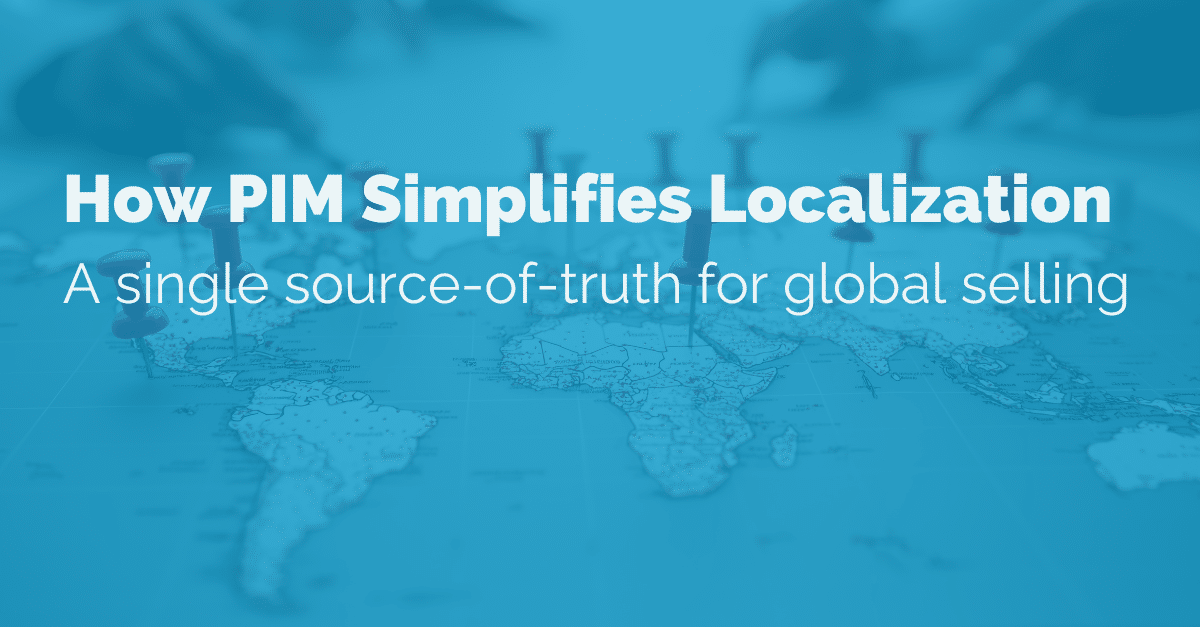PIM Readiness Service: Due Diligence
Before you select the right PIM software, your company needs to get things done. You need to identify your data. From conception to the shelf, you must comprehend the data lifecycle of your product. To make the most of the time you spend with your data, you must also have a plan for data governance.

You will then decide which PIM platform best suits your company’s requirements. In addition, you can start implementing your PIM software only after that. You are squandering time and money if you miss any steps in this procedure. A quick and easy consulting engagement is a PIM readiness assessment service. It is directed in nature and aids in comprehending the path your business will take to achieve PIM.
How to Prepare for PIM
Organizing your data to prepare for PIM integration requires careful multi-dimensional planning and management. Each component plays a major role in the success of the PIM application, from preserving a stable information structure and gathering enough data to guaranteeing data source diversity and organizing data for best PIM solution comprehension.
Following best practices in data management, such as standardizing data collecting, confirming source reliability, and enriching data fields, can help you create a strong base on which PIM can run efficiently and inform intelligent, data-driven business decisions.
This preparation guarantees ensuring in this cutting-edge innovation will provide measurable, worthwhile outcomes by streamlining the integration process and optimizing PIM’s potential benefits.
Ensure Accuracy and Diversification of Data Sources
Many data sources help to reduce biases and increase the accuracy of insights, so a PIM project can gain from a wide range of data inputs. It’s critical to remember that data accuracy is just as important as data variety in this context. Make sure your suppliers and data providers follow industry norms and best practices for data collecting and management before merging a new data source. You should also confirm the source’s reliability and track record.

Improve File Structuring
Your data files’ physical structure affects how easily PIM software will analyze them. A straightforward and structured approach to showing data is using tabular data formats, such as CSV or Excel files, where each row usually represents a single record (like a product) and every column represents a particular feature of that record (like cost, SKU, description).
Easy access, consistent data, and enhanced efficiency with bigger datasets are just a few benefits of this configuration. Word documents and PDFs are examples of unstructured formats of gap analysis that frequently include a variety of elements that don’t follow a set structure, such as text and photos.
Improve Data Structure Stability
When a PIM system is educated, consistent data flows and data formats over time guarantee that it can apply the patterns it has learned to new data without mistakes or reconfiguration. PIM systems may become confused by modifications to data formats, such as renaming columns, switching up data kinds, or rearranging the database design. This can result in inaccurate outputs or necessitate more time and money to retrain the model using the updated structure.
Determine Data Volume
The amount of data model is essential to the PIM algorithms’ efficacy. More data points enable more thorough training of PIM systems, producing outputs that are more accurate and dependable. Since a huge dataset offers a thorough foundation from which the system may learn and recognize patterns, it is essential for training PIM models.

A significant amount of data taxonomy not only reduces this risk by enabling the model to be tested and validated across a wider range of data points but also boosts the statistical validity of the studies, increasing the likelihood that the conclusions and forecasts are accurate and not the result of chance.
PIM Readiness Consulting
Our PIM consulting specialists at Pimberly are among the finest in the industry, serving businesses as well as consumers on a wide scale. Because of our extensive experience with a wide range of systems, we can impartially assist you in selecting the finest PIM software solution to meet your technical and business objectives. Contact us at Pimberly to avail the best data management tools and PIM readiness consultation.

















